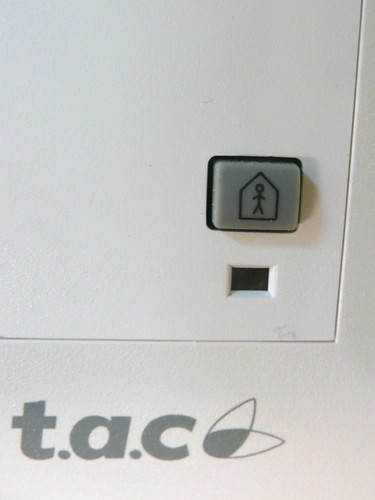Syntax Highlighting in the Diff Viewer
I was up late last night experimenting with a new feature for Review Board. The idea was to introduce syntax highlighting for the code in the diff viewer through use of the Pygments library. Actually getting syntax highlighting to work was pretty easy, and before long I had it working. The trick, it turned out, was to get it working with our interline diff support.
Pygments generates a nice HTML-formatted string with span tags, but we need to insert our own span tags for the highlighting. This was a pain, since you need to make sure you place them at the correct locations, keeping in mind the existing span tags and entities. The code also needed to avoid messing up the nesting of tags. After working with it a bit, I had that working as well, and now the code is up for review. In a couple of days, Review Board will have nice syntax-highlighted diff output!
I have some new improvements in the works for the diff algorithm that should result in much better diffs (especially when moving functions around) and improved UI for that case as well. I’ll blog about that later when I have something to show 🙂
Syntax Highlighting in the Diff Viewer Read More »

